Stand-out Stones: architecture in landmark stonework


Croom Castle, rising once sheer over a bend of the N20

SupportingActs,
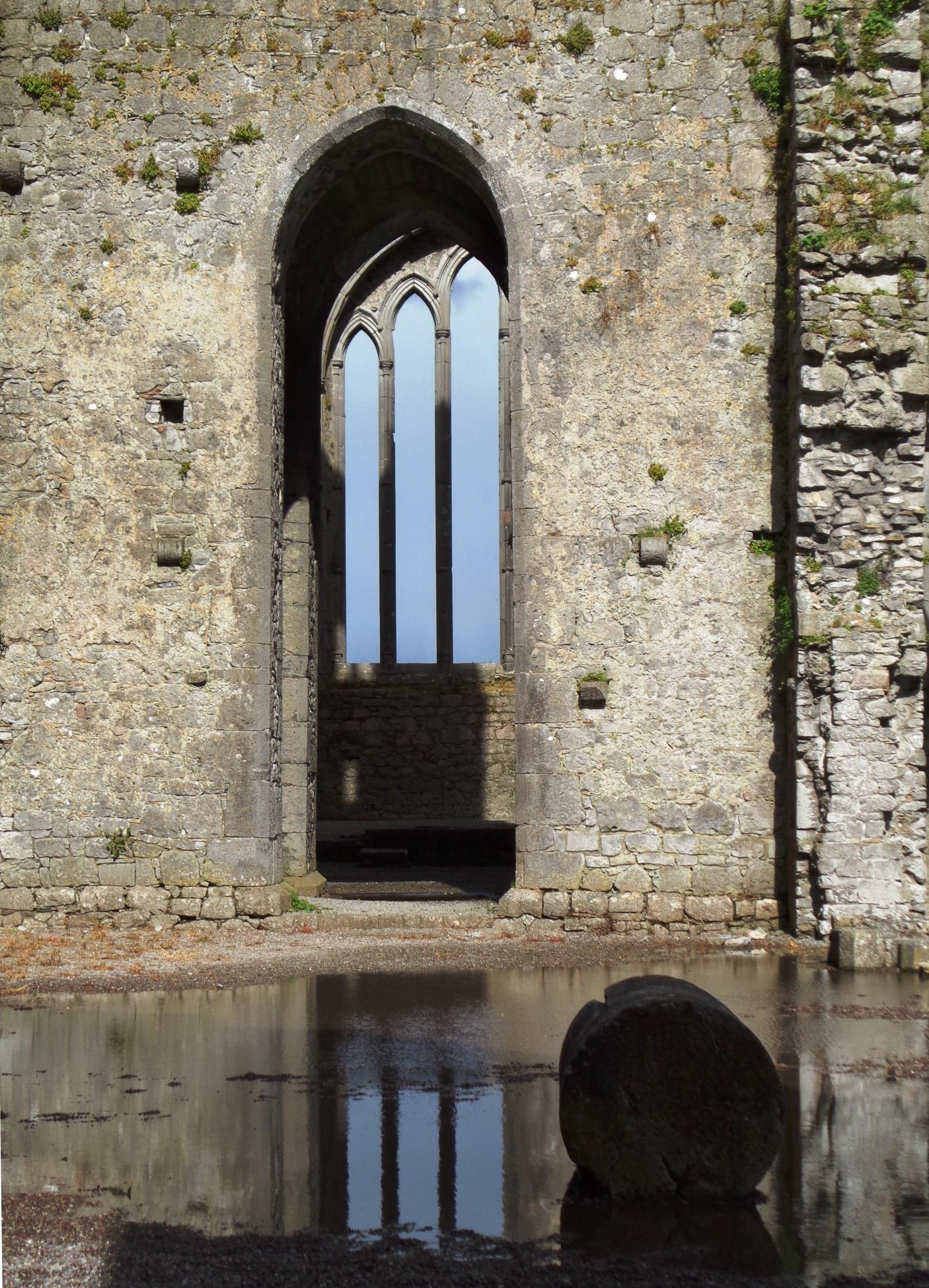

Rockstown Castle, Ballyneety
Note the narrow defensive slits rising through four upper floors, and machicolation high above the doorway. Rockstown took itself seriously, it seems, and was no mere status statement as some of the tower houses were.

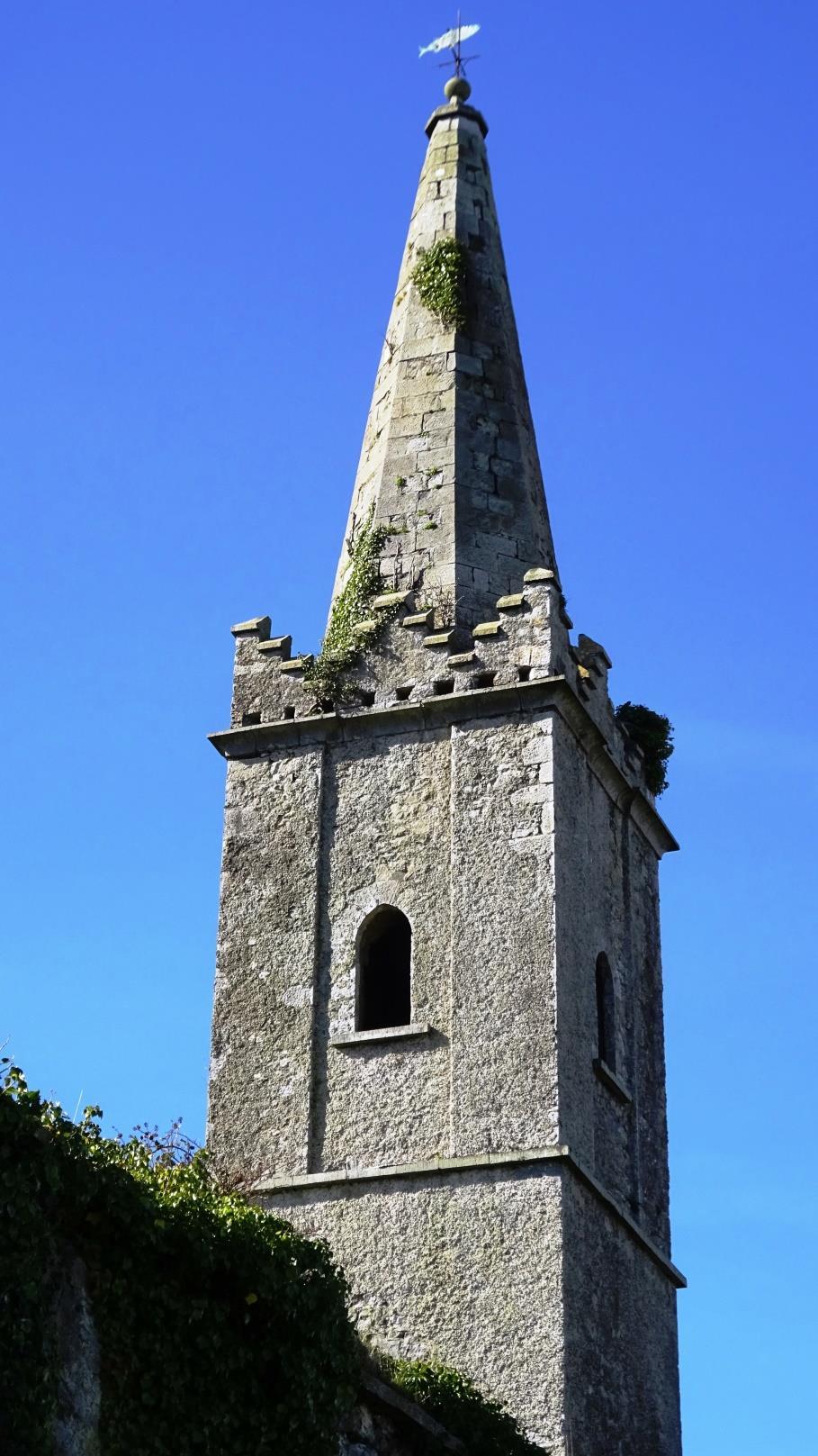
Not to be sneezed at:
First Fruits churches and their Gothic spires
Above left, Bruree, Co. Limerick
Above right: Caherconlish, Co. Limerick
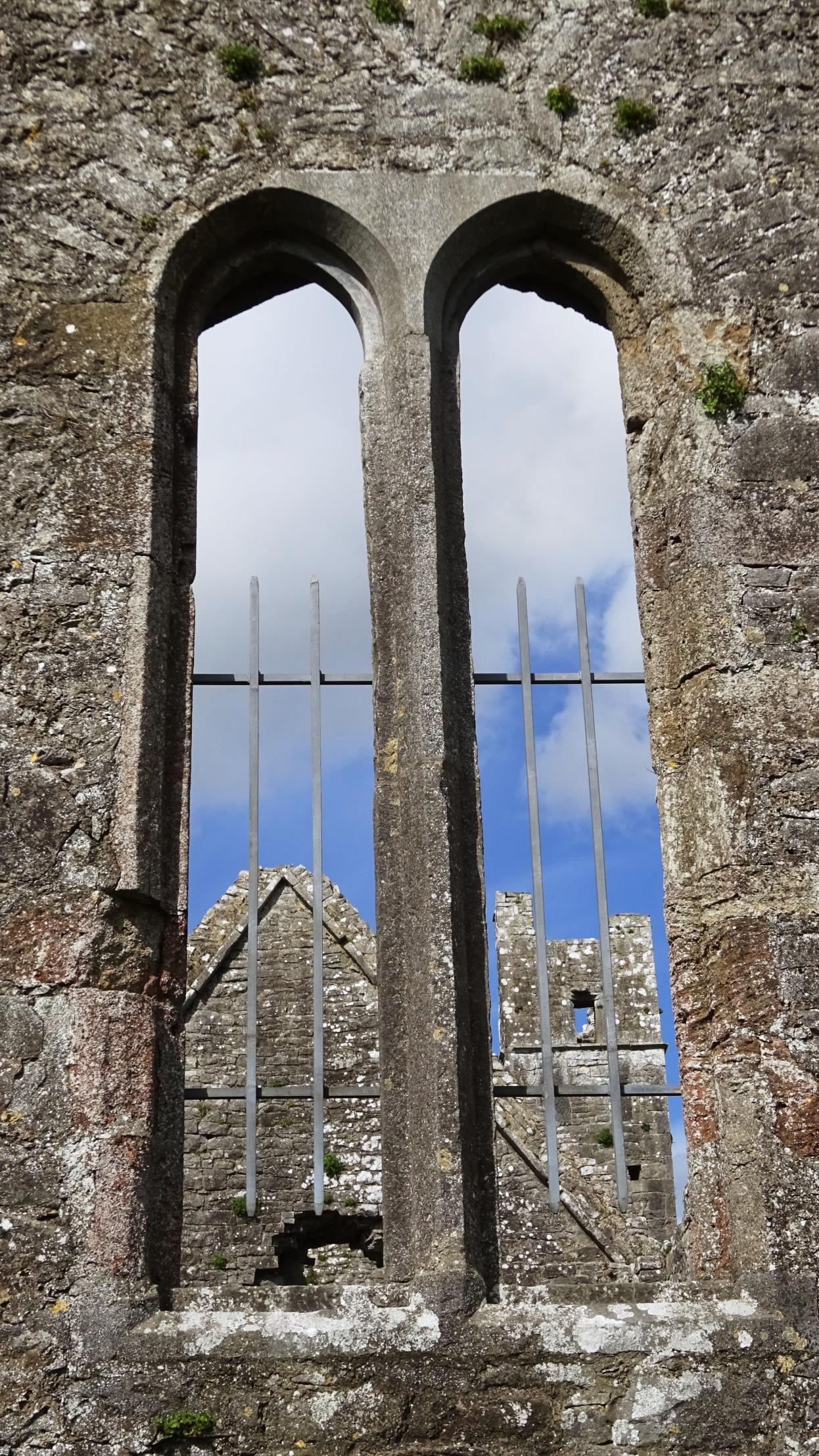
Mungret Monastic Church
We have now hooked NW towards the estuary where, just after Mungret, we pick up the N69 for Clarina-Ballybrown.
Another old First Fruits church at Kilkeedy hard by Clarina pictured here below is long a ruin, and even the successor building seen on the far left is now a private residence, but the proximity of both adds interest to the setting. Note also, to the right of the picture, abutting the main structure, what is thought to be the ruin of an even earlier church.
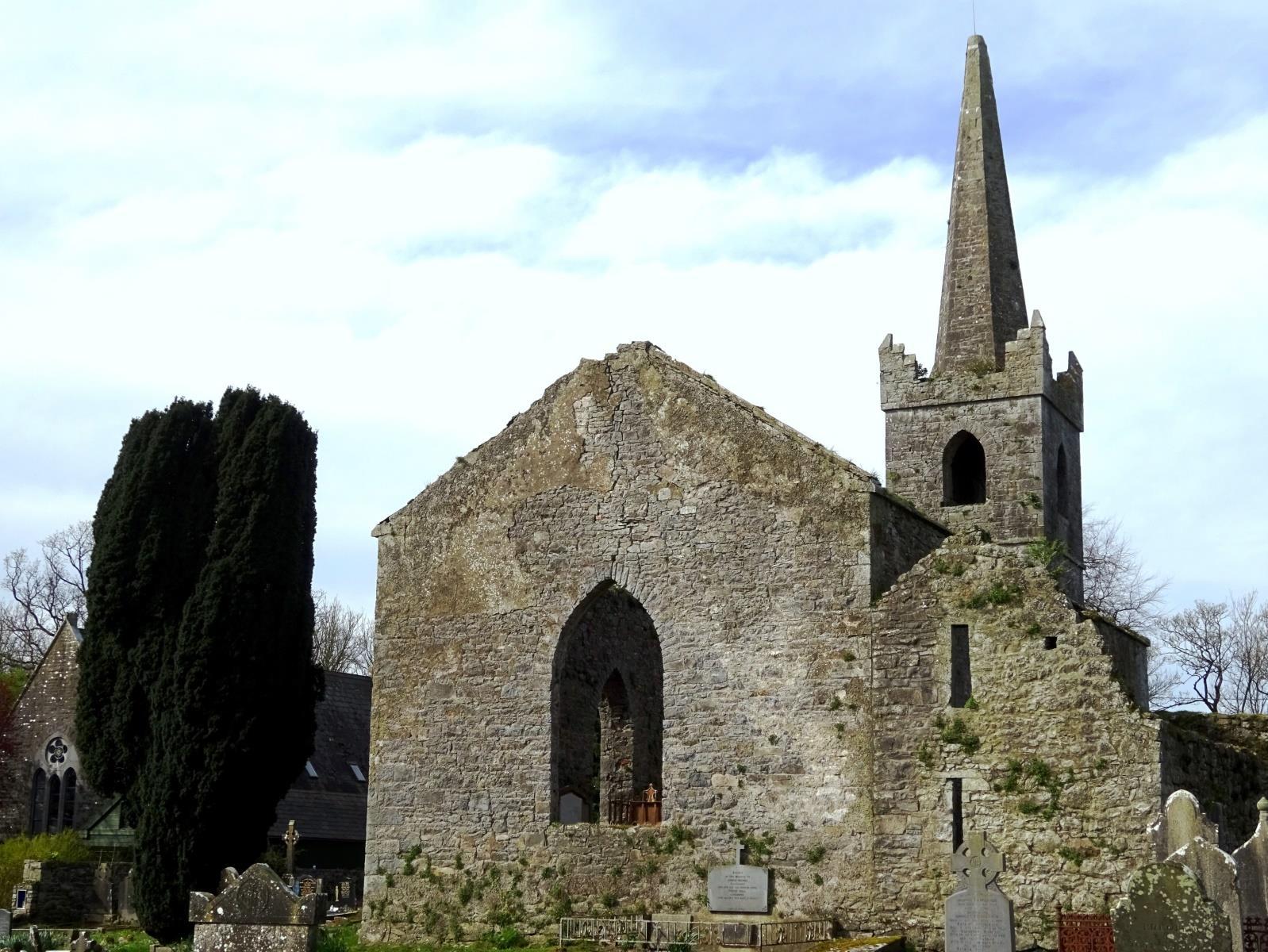
The titled landowning families of the area, Massy and Monsell, have their monuments and mausolea here.
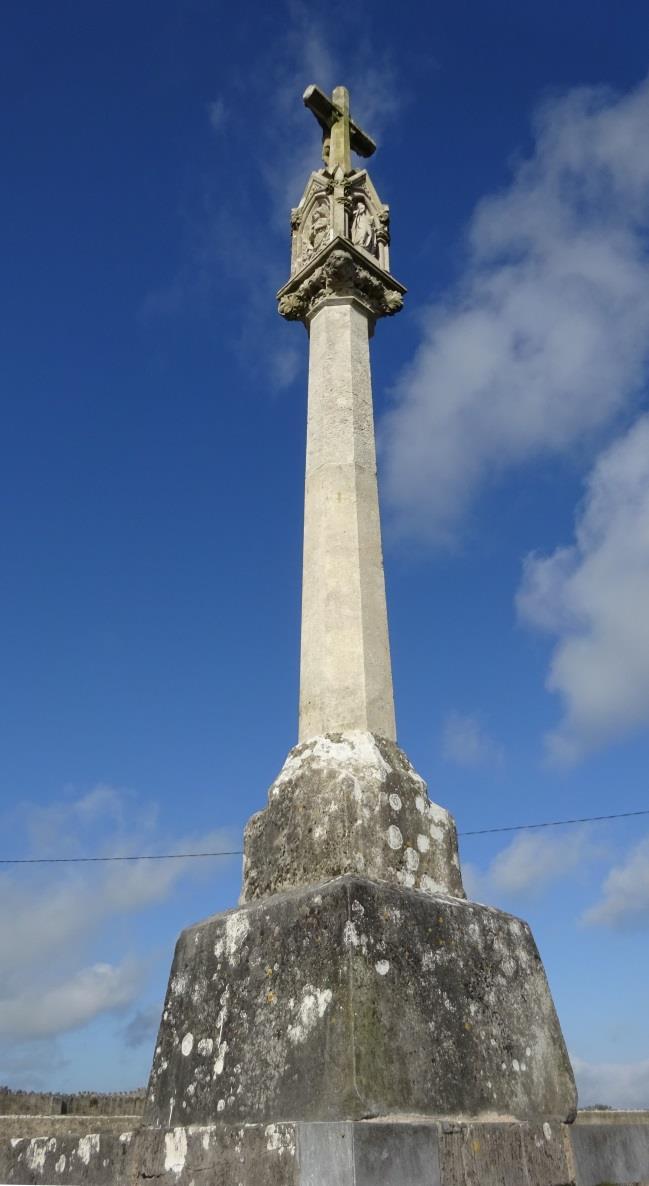

ontheseventhofJanuary ineachyearatthefootof thiscrossanalmswillbe giventotwentypoorwidows inmemoryof ANNAMARIAMONSELL January7th1855

(a pledge honoured discreetly into modern times by a local merchant)
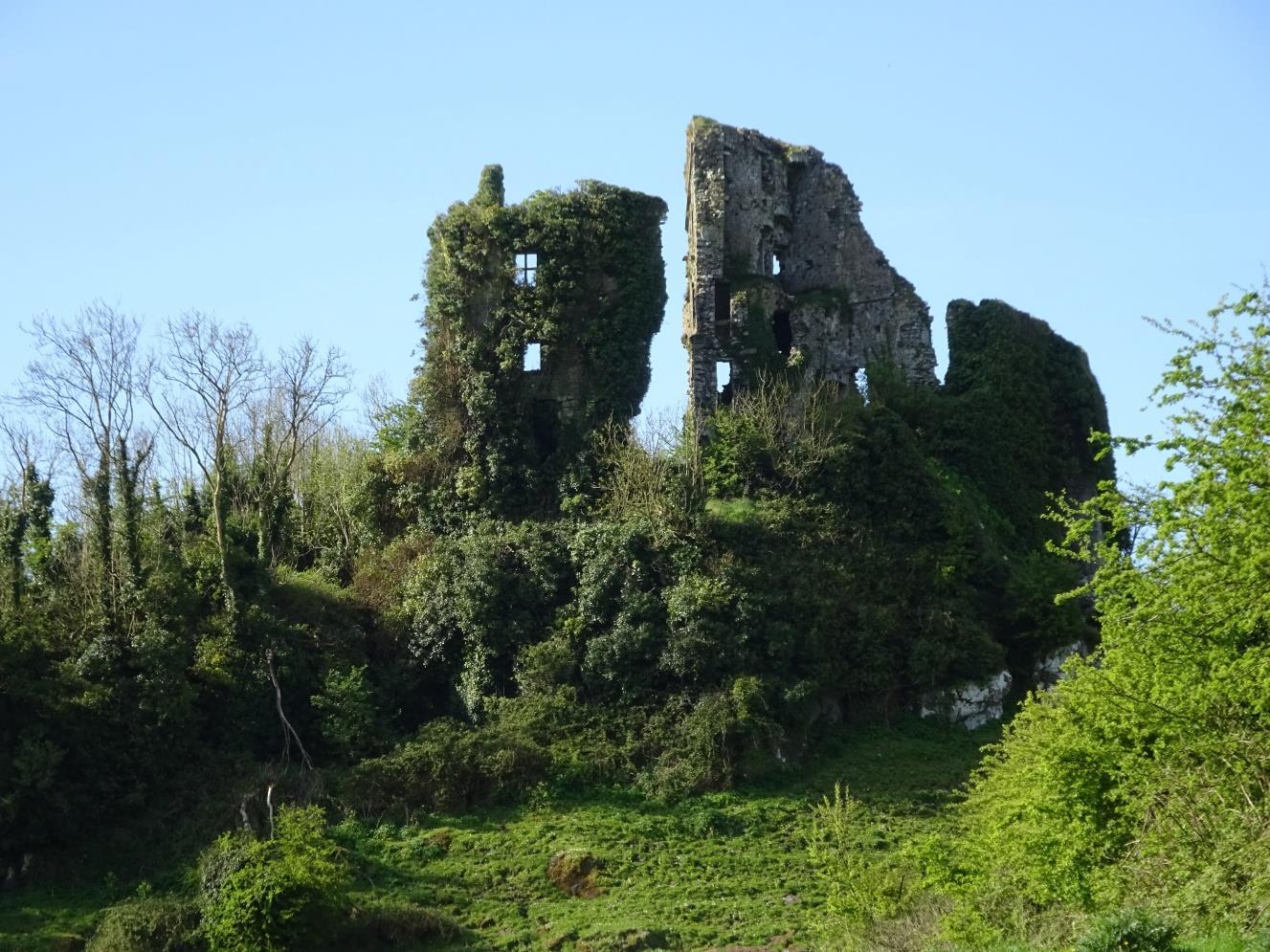
nearby: Carrigogunnell Castle
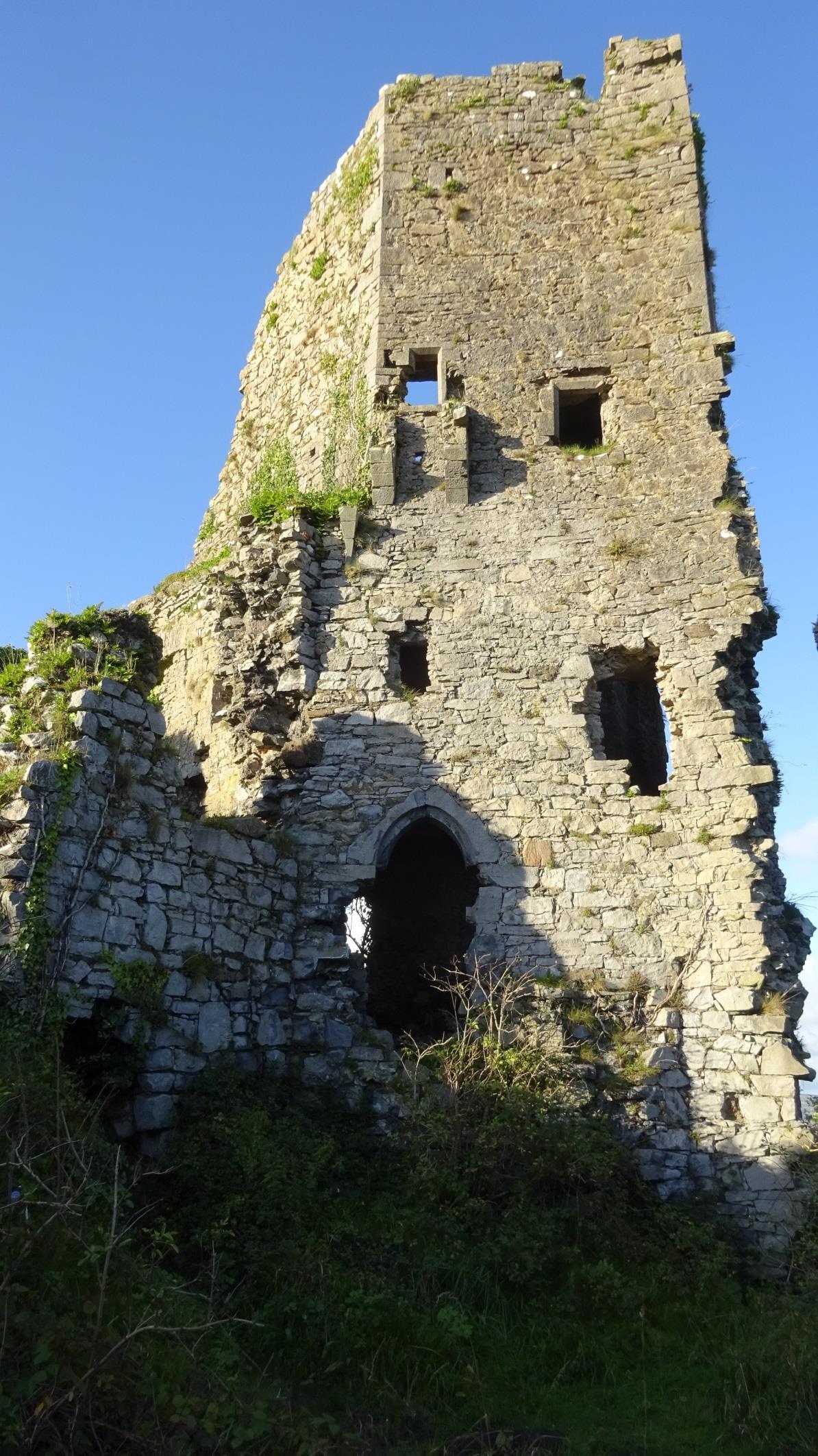
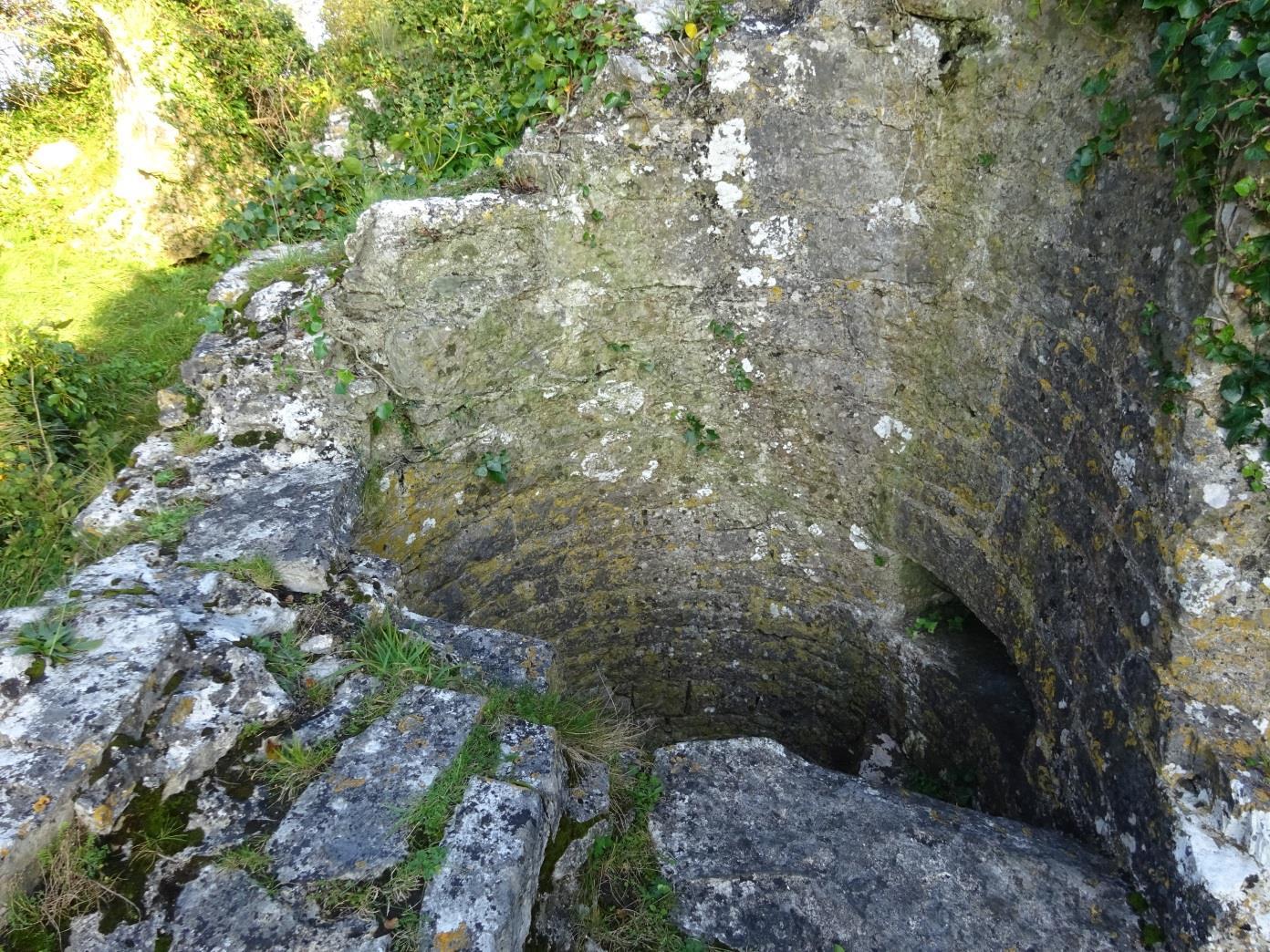
upside-down staircase, Carrigogunnell, a result of the demolition by gunpowder in 1691

as the shoreline would have looked in 1691

Gate lodge of the former Elm Park estate at Clarina; note the use of red limestone in the stonework pattern.


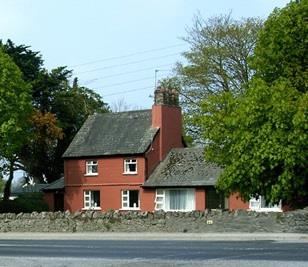
accreditation: Russ Davies CC BY-SA 2.0
The old schoolhouse, Clarina.
Local signage attributes its age to c.1750. Originally, as a historic B&W photo shows, the two-storey structure had chimney stacks on both gables, but even 1750 seems late for the Jacobean-style brickwork. Howsoever, the interior must certainly have been well heated!
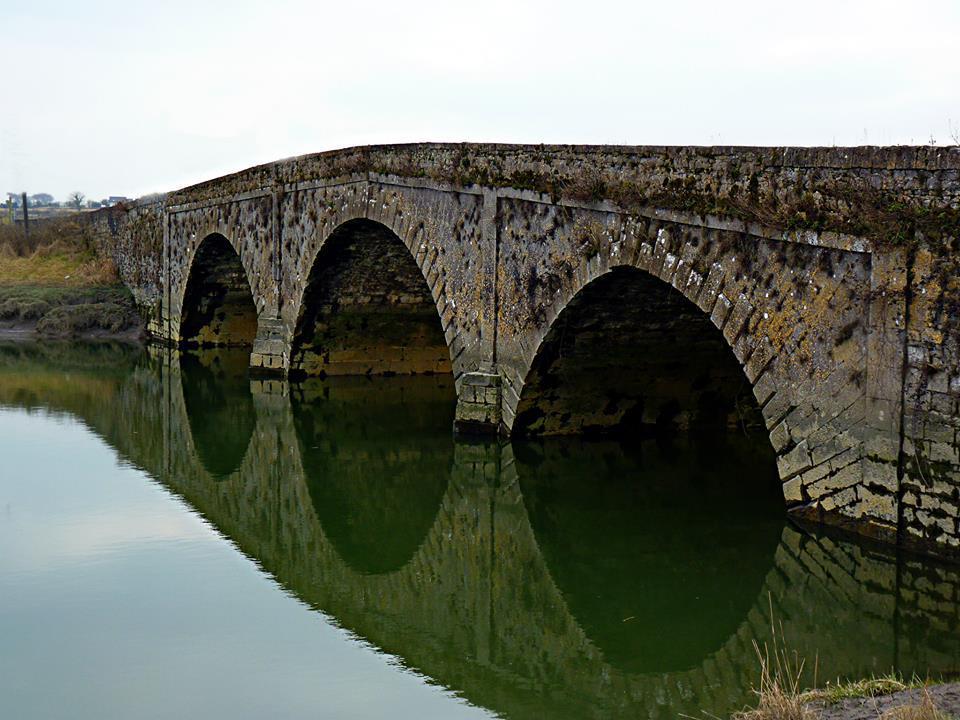
Ferrybridge,
even today bearing an arterial road, the

An even older load-bearer: the bridge over the
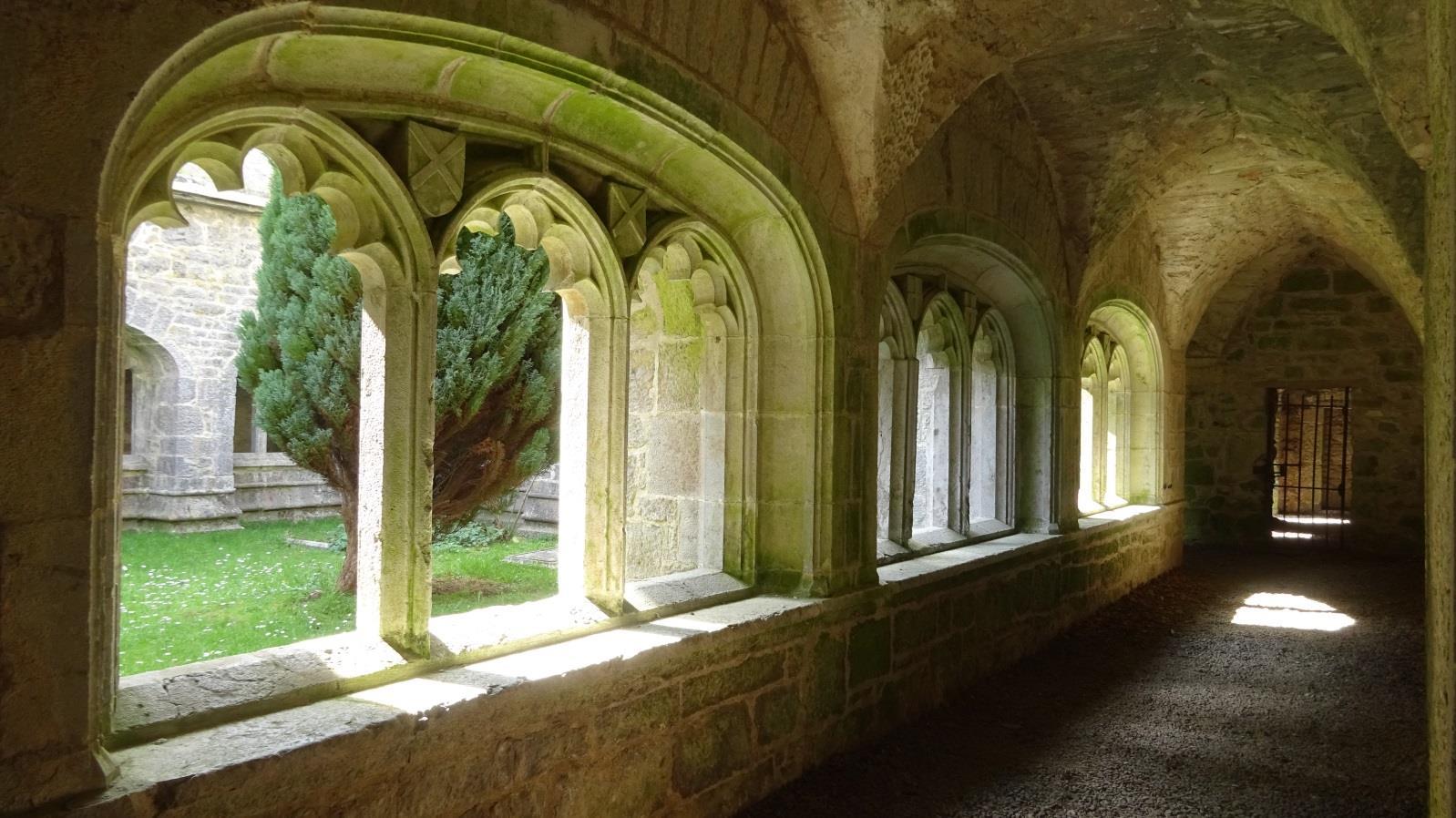

and the Trinitarian Abbey dovecote oculus

also, the Trinitarian Abbey chapterhouse building

Eerily lofty: the Dunraven
vault,
apparently empty, its only occupant having been later interred.
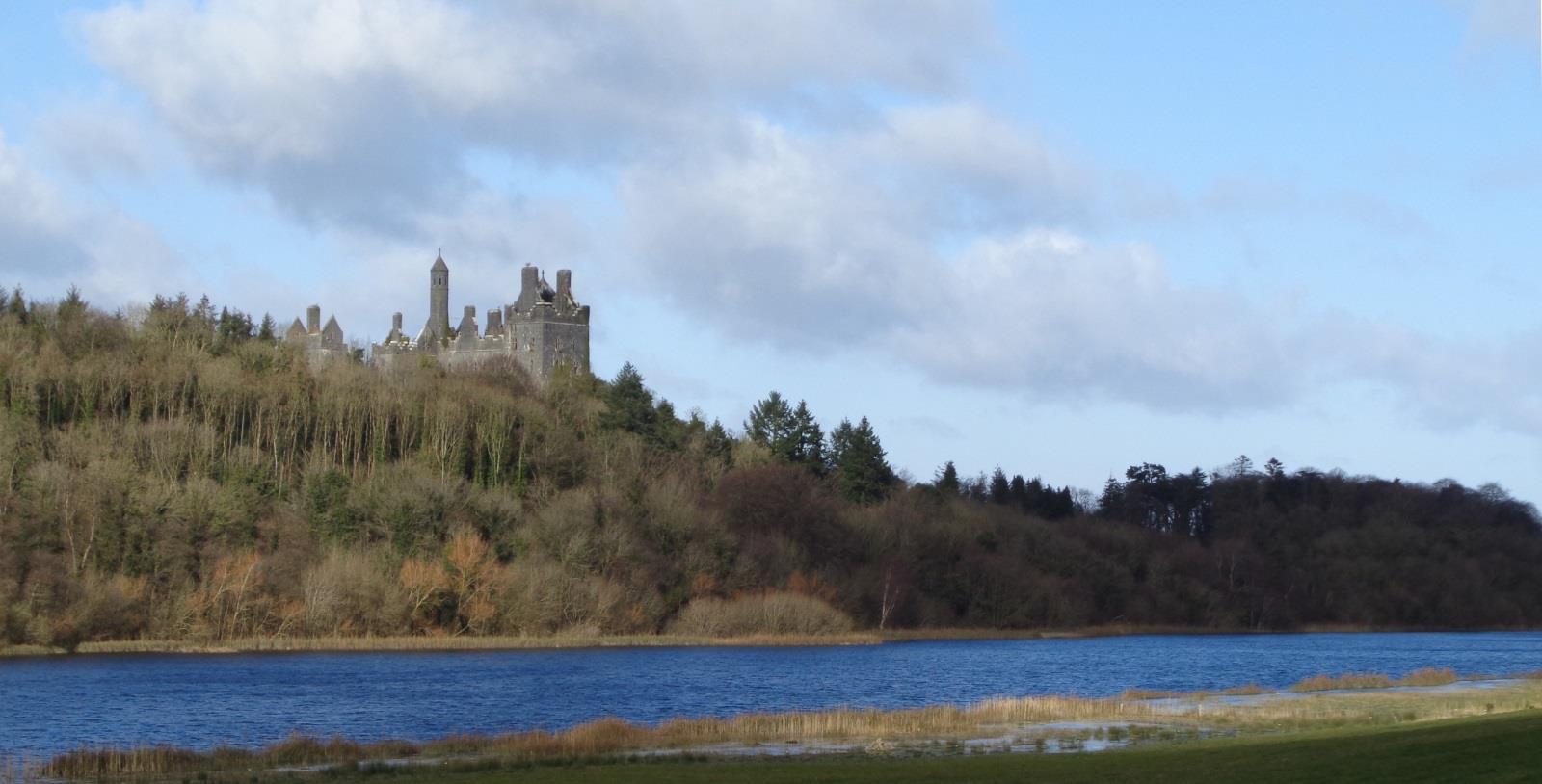

same

above: Dromore from the courtyard below: profile from the South

A fairytale ruin which might, at moderate public expense, be made safe and instructive to visit.
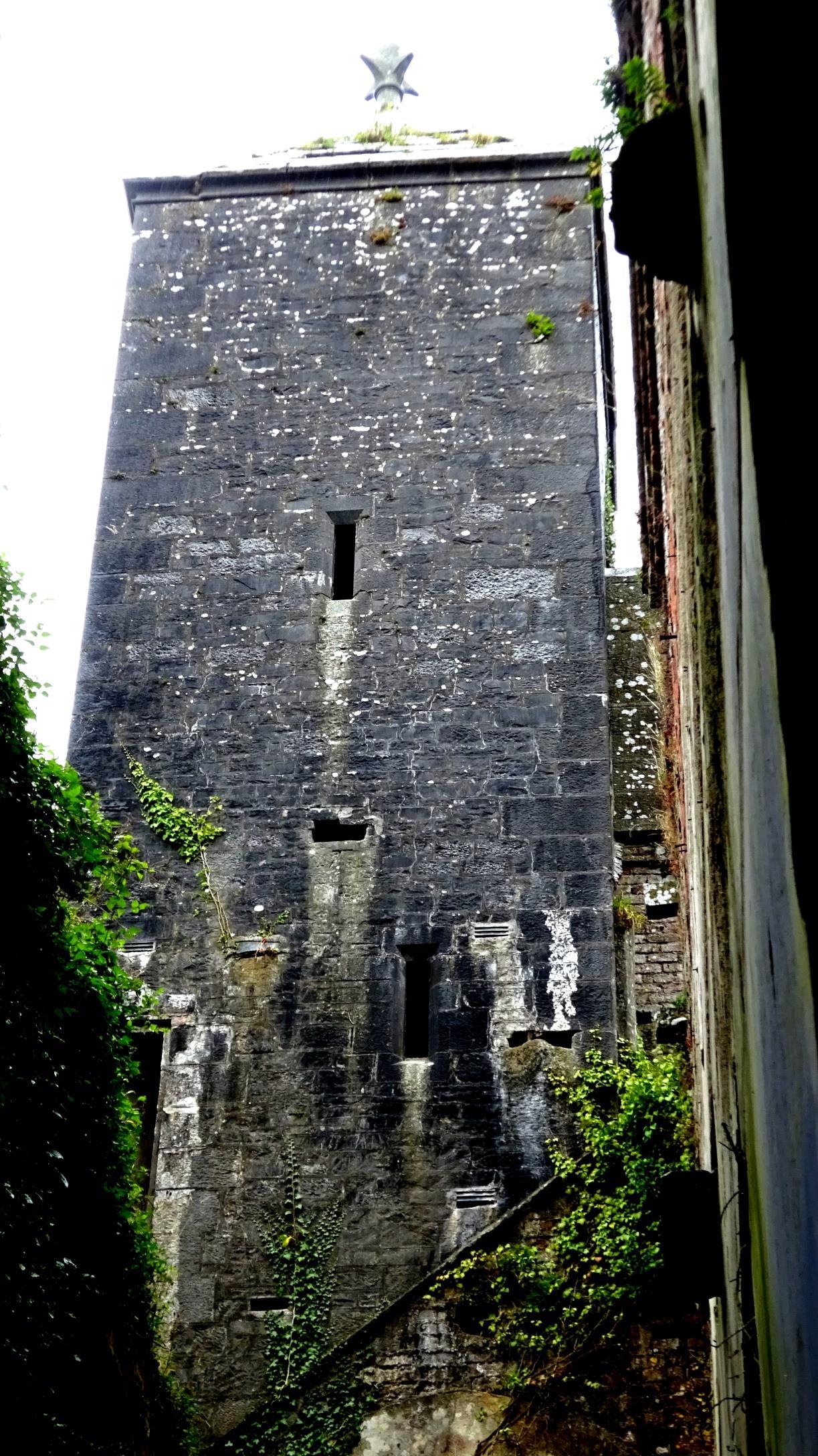
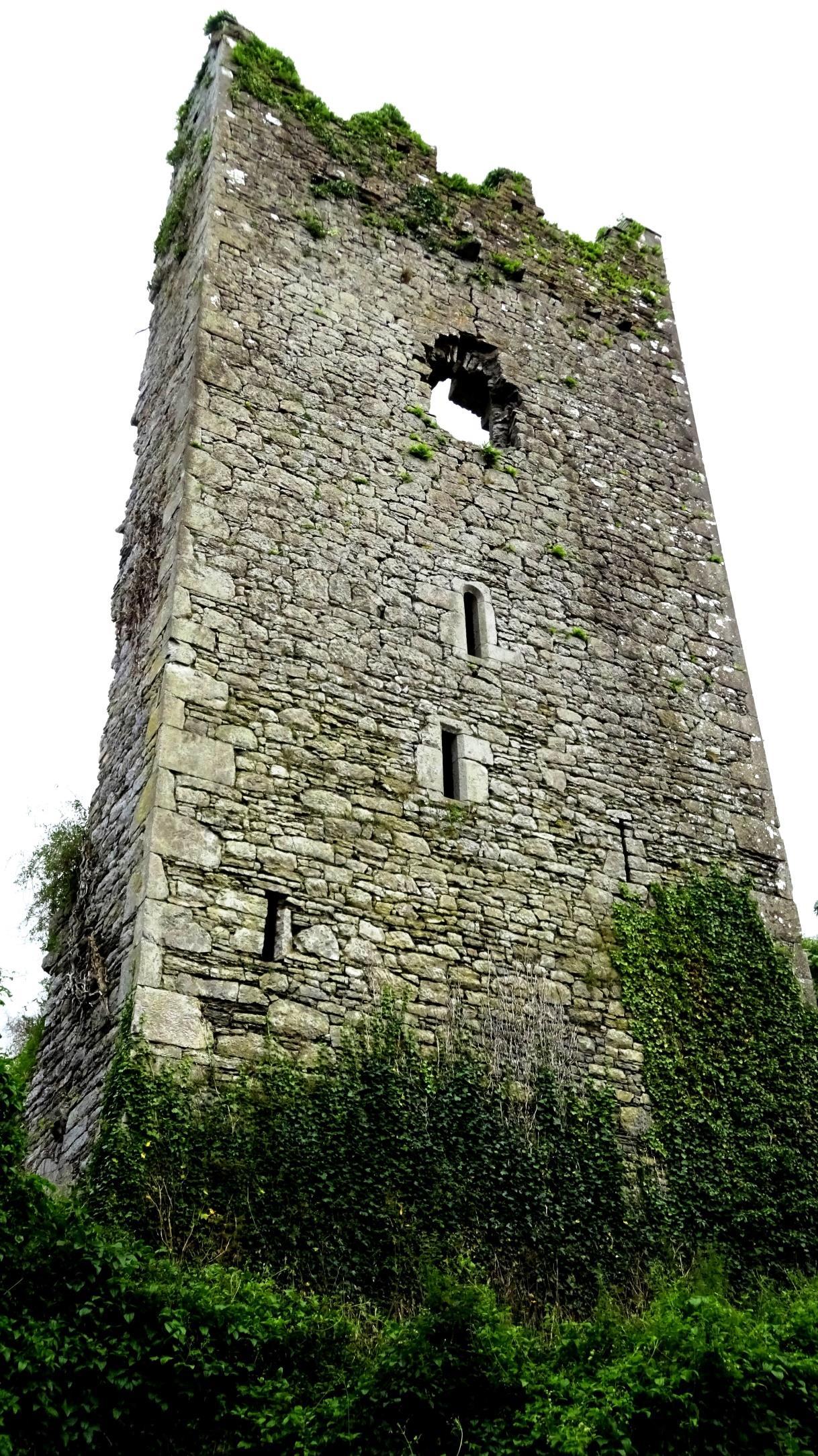
The remains of the tower at
(slighted by Sir
the aftermath of the

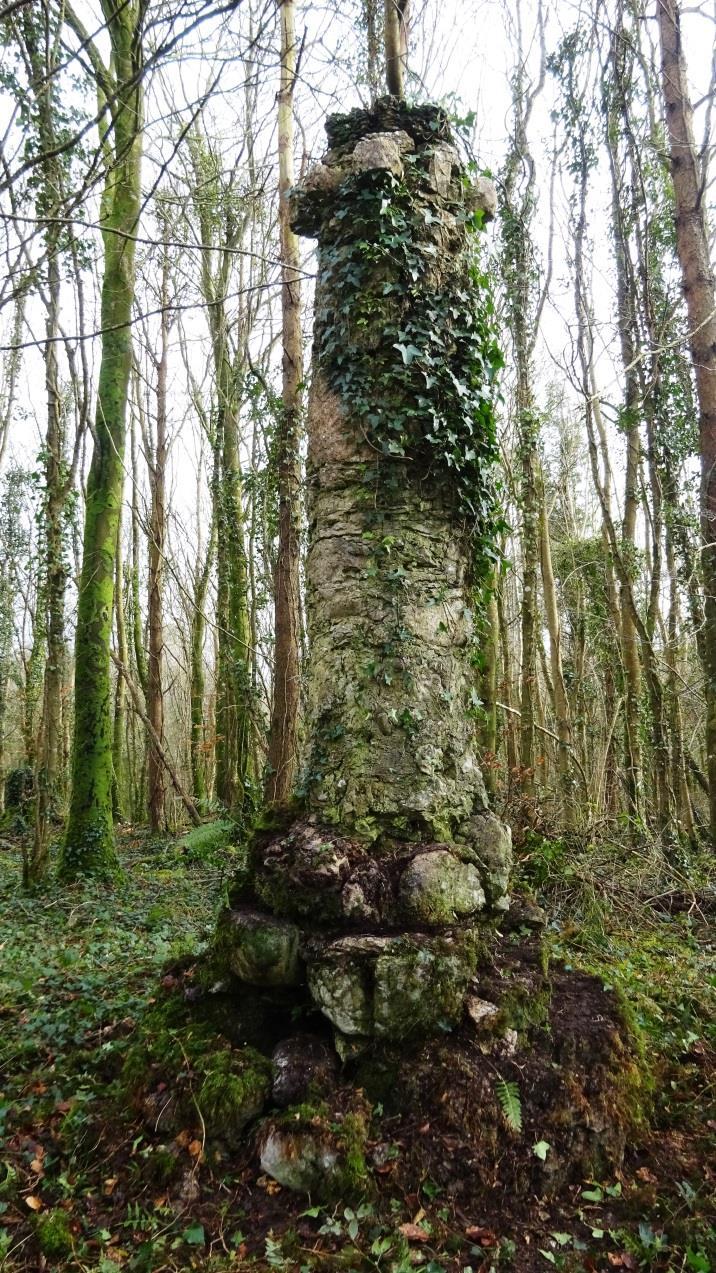


Gateway to the arboretum at Curraghcase House: both functional and impressive, but consider the purely fanciful statuary niches adjoining it.
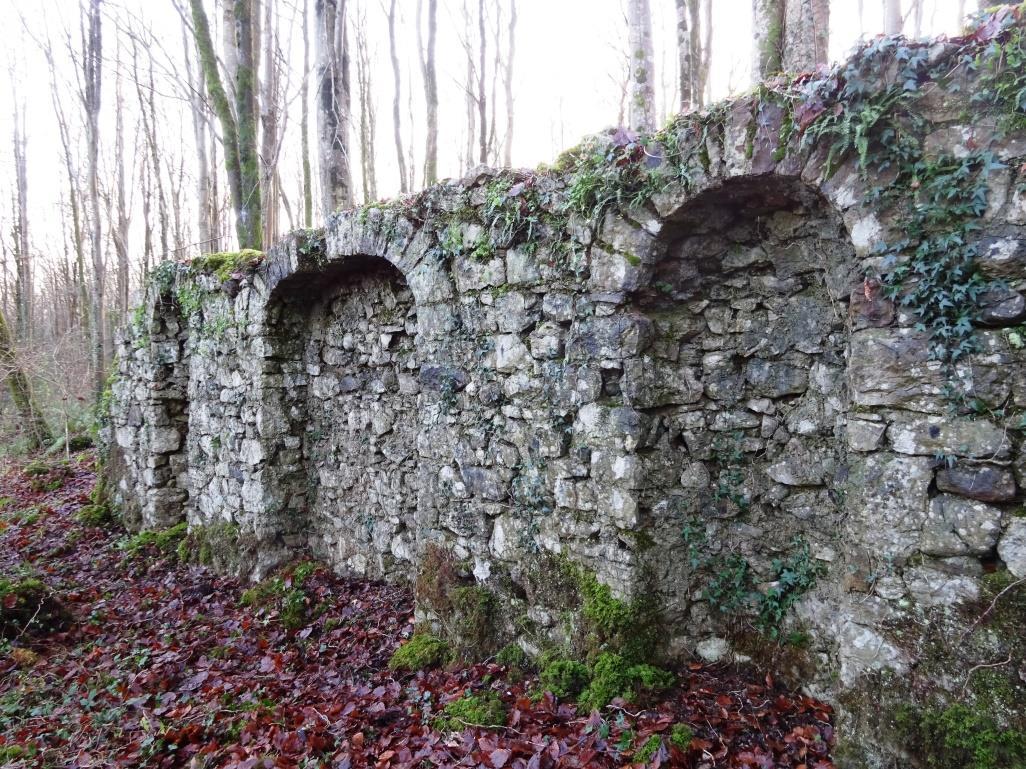
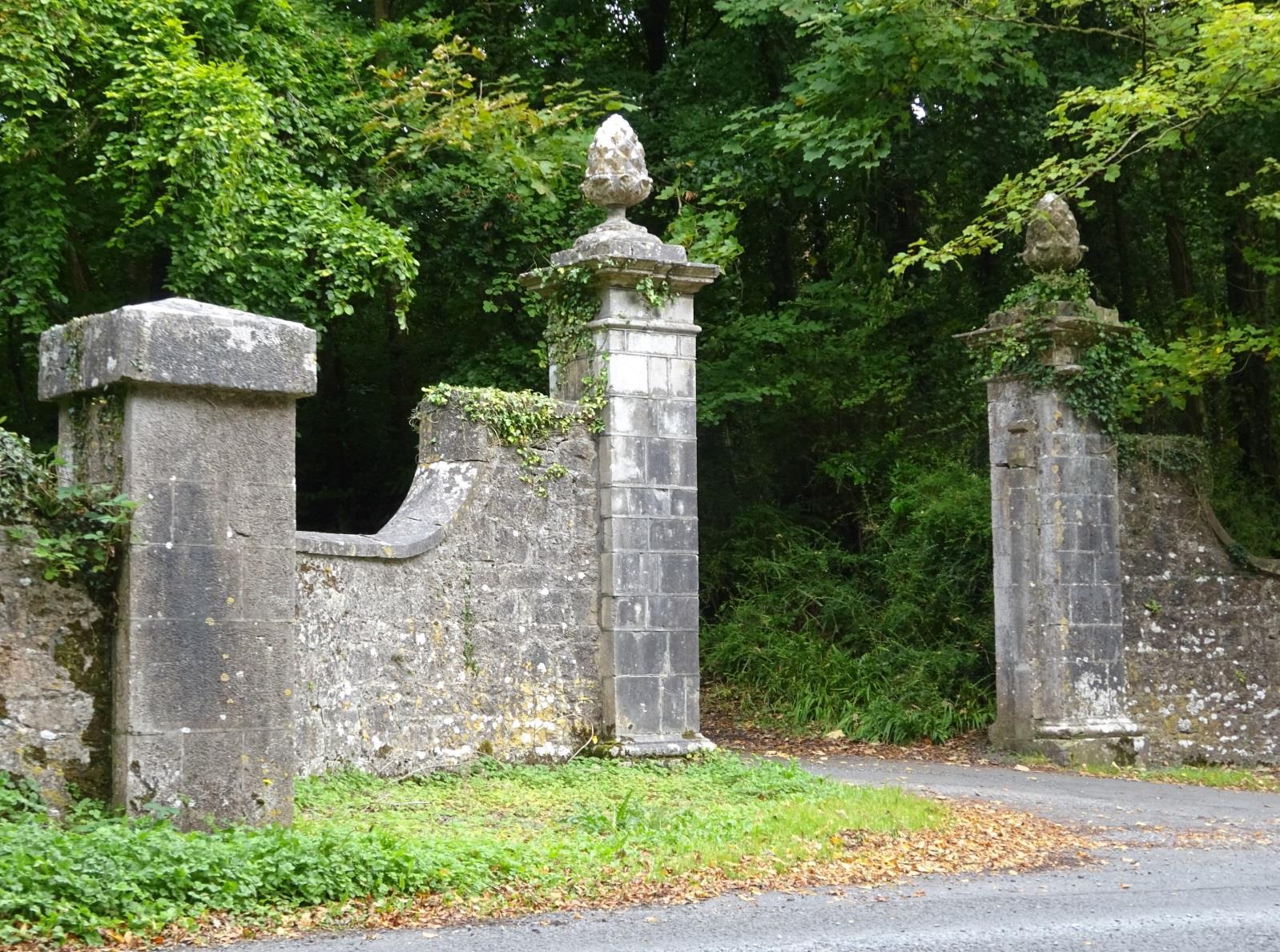
The splendid West gate at Curraghchase; sadly, the pineapple finial on the right of the picture has lately fallen off or been removed.

The waterpark at Ballingarry a creditable development


Killeen church at Cowpark, Kilcornan, just off the N69 note the unusual built-in bell cote (it allowed the bell to be rung from inside)




Foreground: pier and slipway at Beagh; in the background: the old 'Turf Pier' (restored in 1993/4)
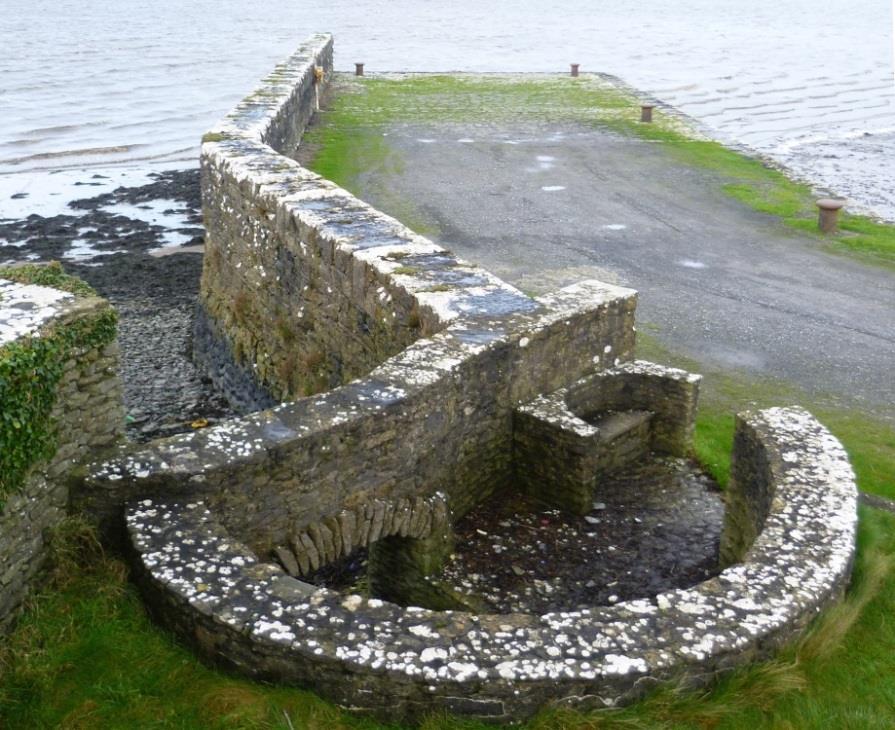

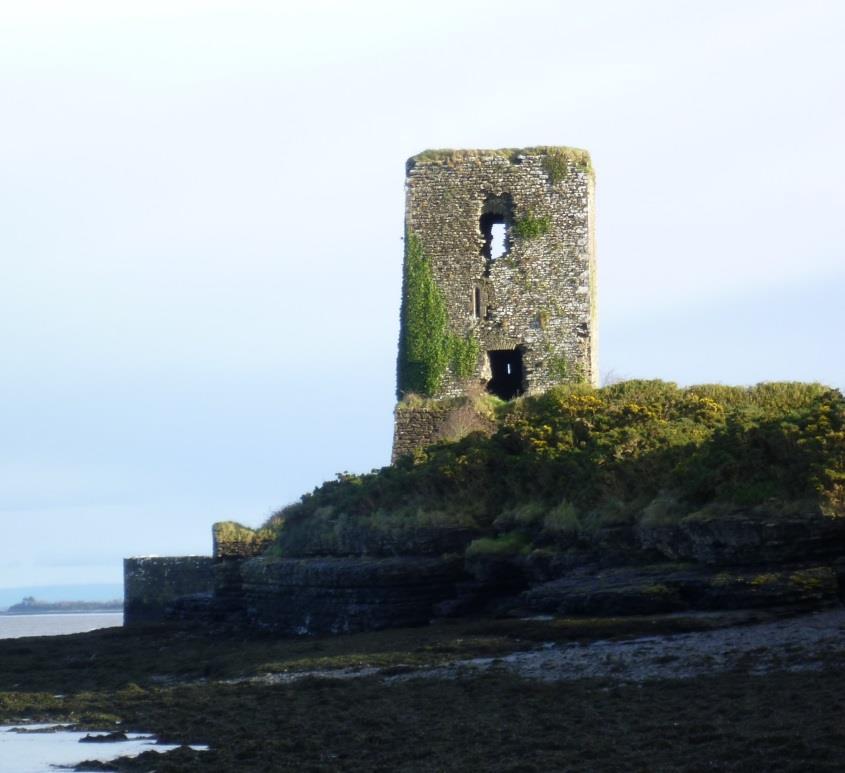









The Constable's Tower, Askeaton Castle

From the Great Hall: the base of the keep; the constable's tower in the background

Askeaton's Hellfire Club, one of Maurice Craig's ClassicIrishHousesoftheMiddleSize(1976), a volume now itself a classic and a collector's item. The building had two-tiered Venetian windows, on the north and south gables, which feature Craig praised especially. The north window survived until recent years and might have been saved or even rebuilt, had the conservation works, now apparently stalled, begun in time. The south window surviving fragment is visible in this photo.

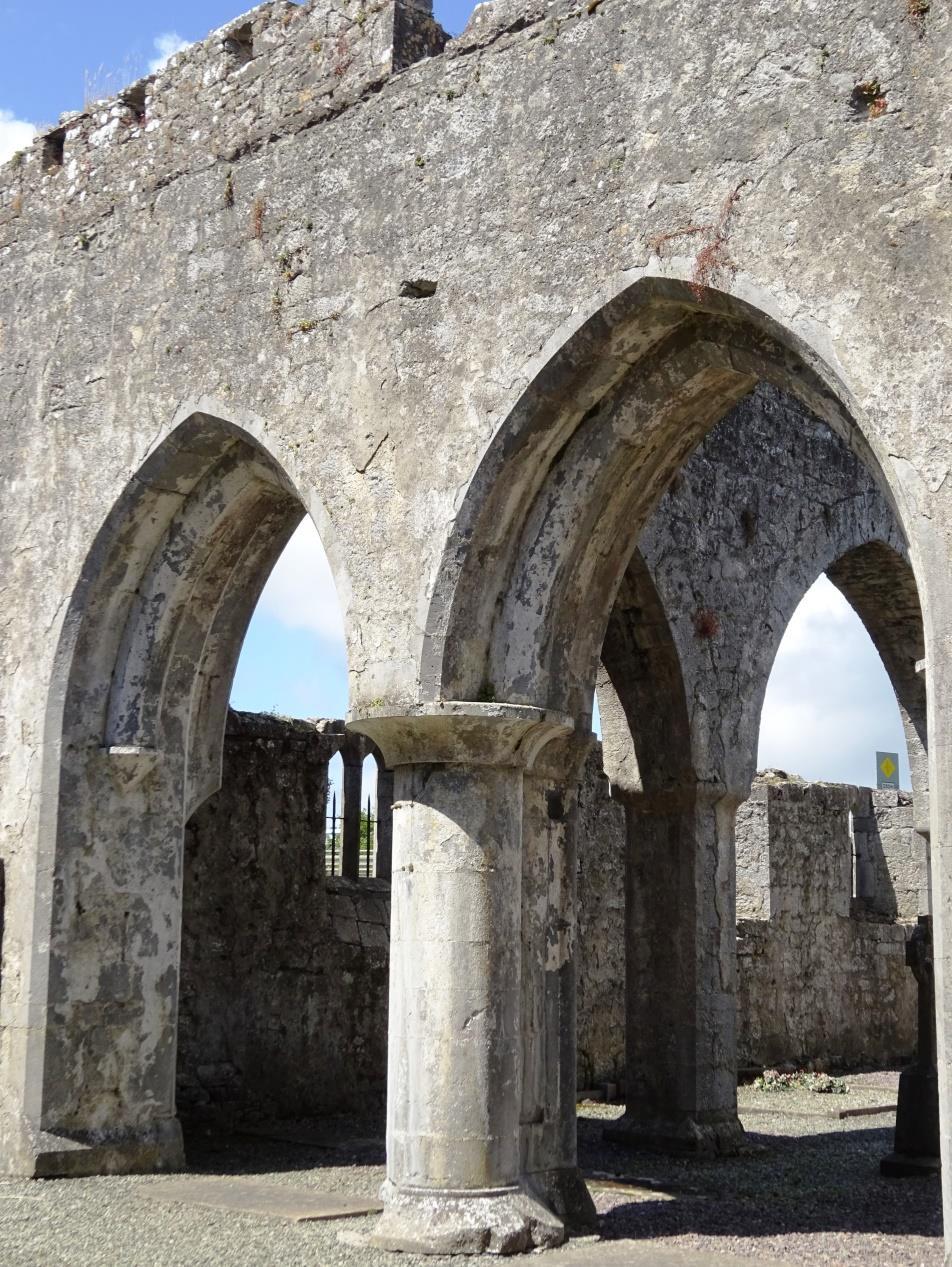


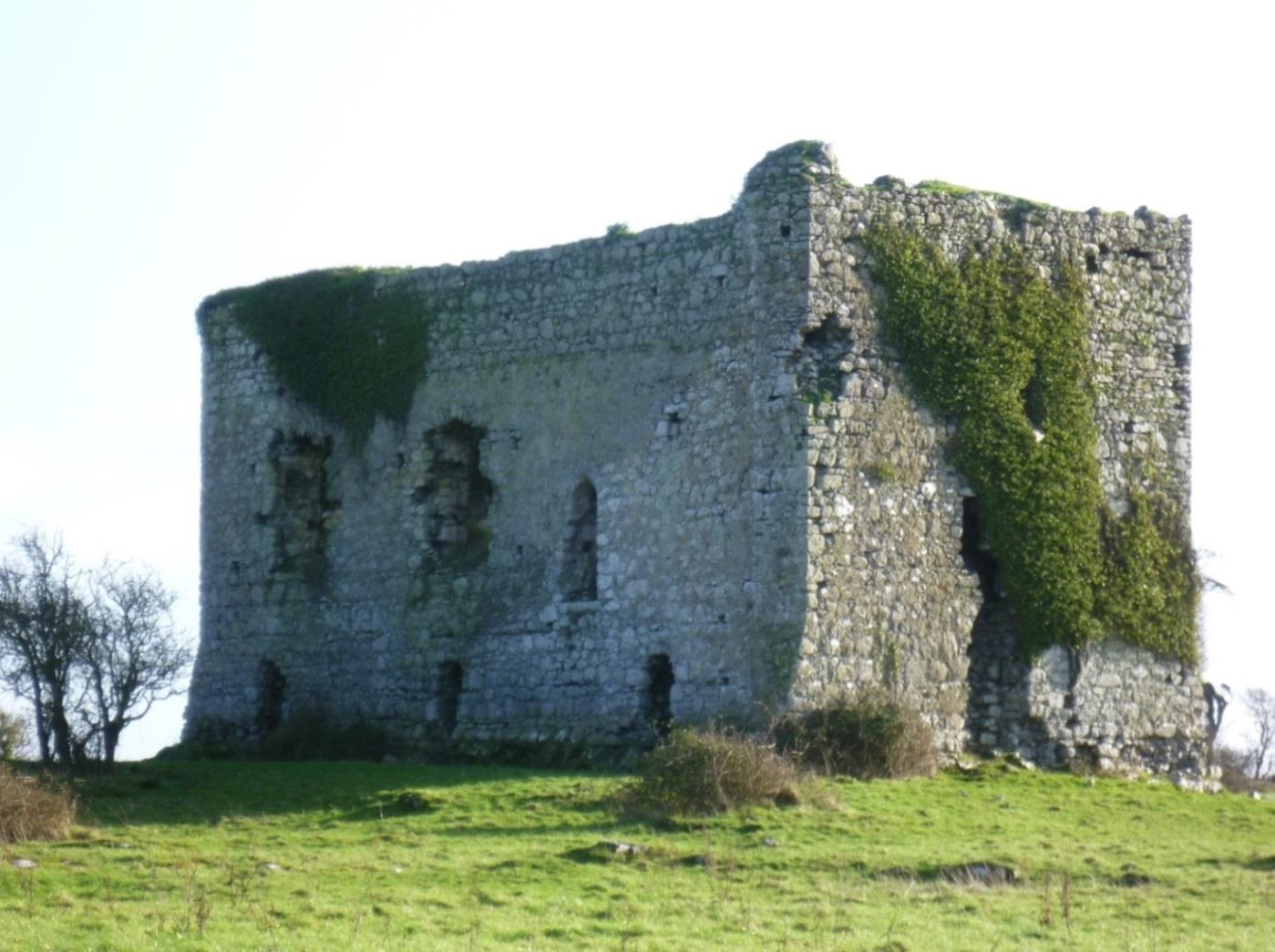
crossing the Deel: Toomdeely mediaeval hall


Mount Trenchard burial ground, Mary Spring-Rice gravestone inscription: 'the souls of the faithful are in God's hand'

Mount Trenchard burial ground: a Vere O'Brien memorial inscription; the work of the Cork sculptor, Seamus Murphy

A diversion inland: the 'Black Hag' nunnery at Oldabbey,
A much maligned lady, probably a religious recluse and herbalist; cailleachdhubh, in any case, is an old term in Irish for a nun.
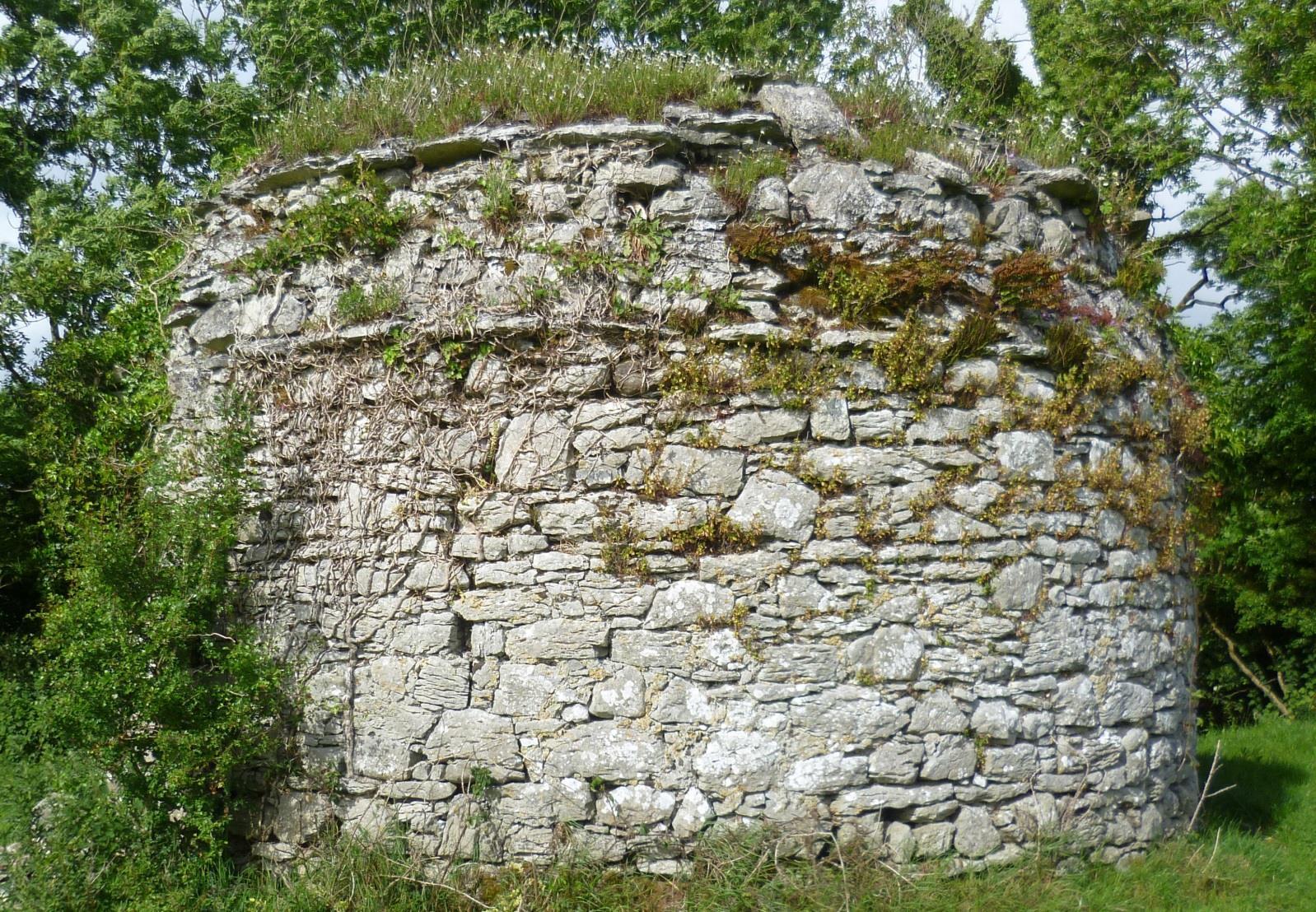



former hotel entrance door with cobweb fanlight and Art Nouveau relief plasterwork



The shale-like shallow stratification of the local rock would have provided poor foundation material.

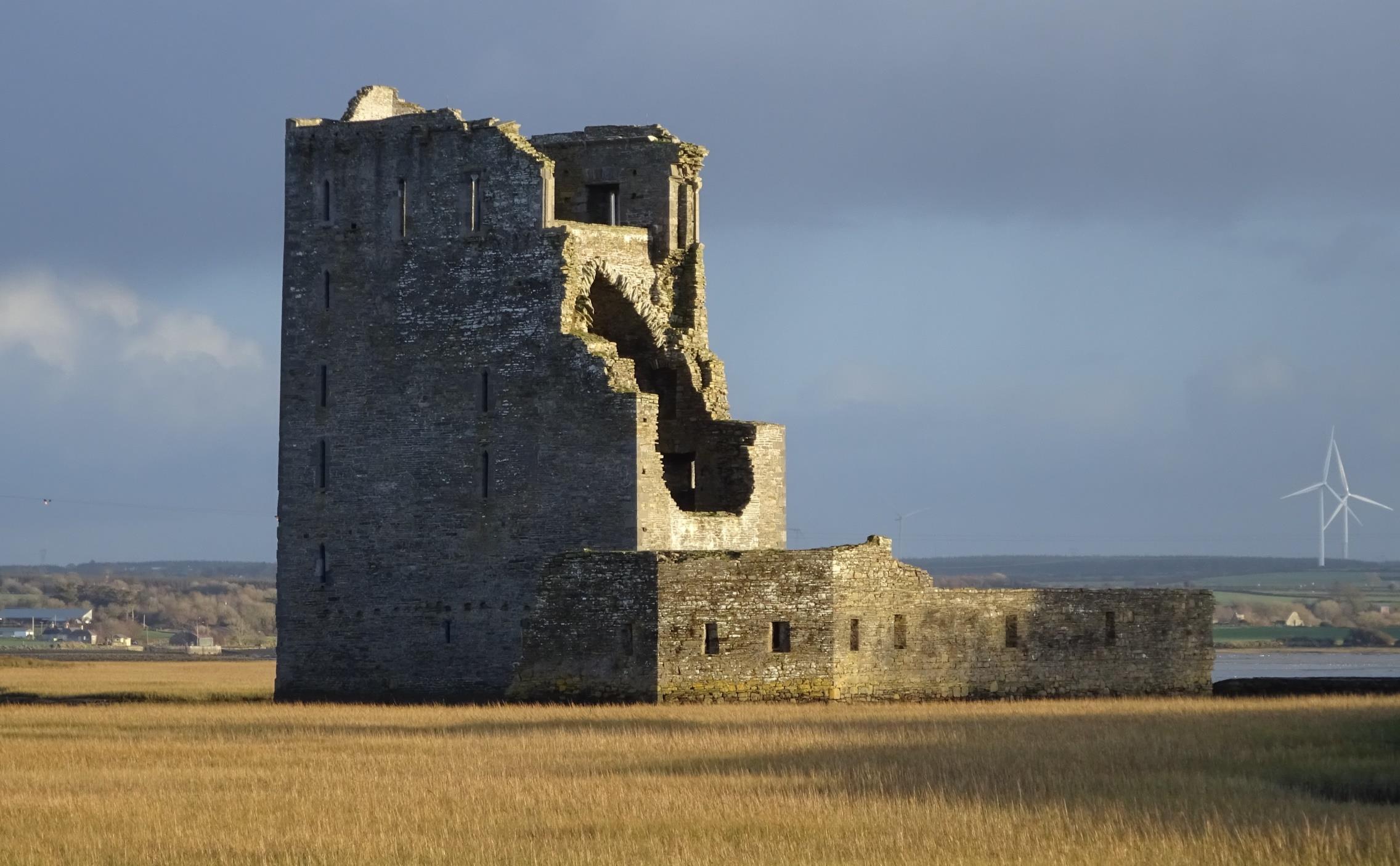
A large, late 15th cent. tower house rather than a castle: protected on the landward side only by a low curtain-wall with musketry embrasures, seen here—no match for the Elizabethan cannon in 1580.
